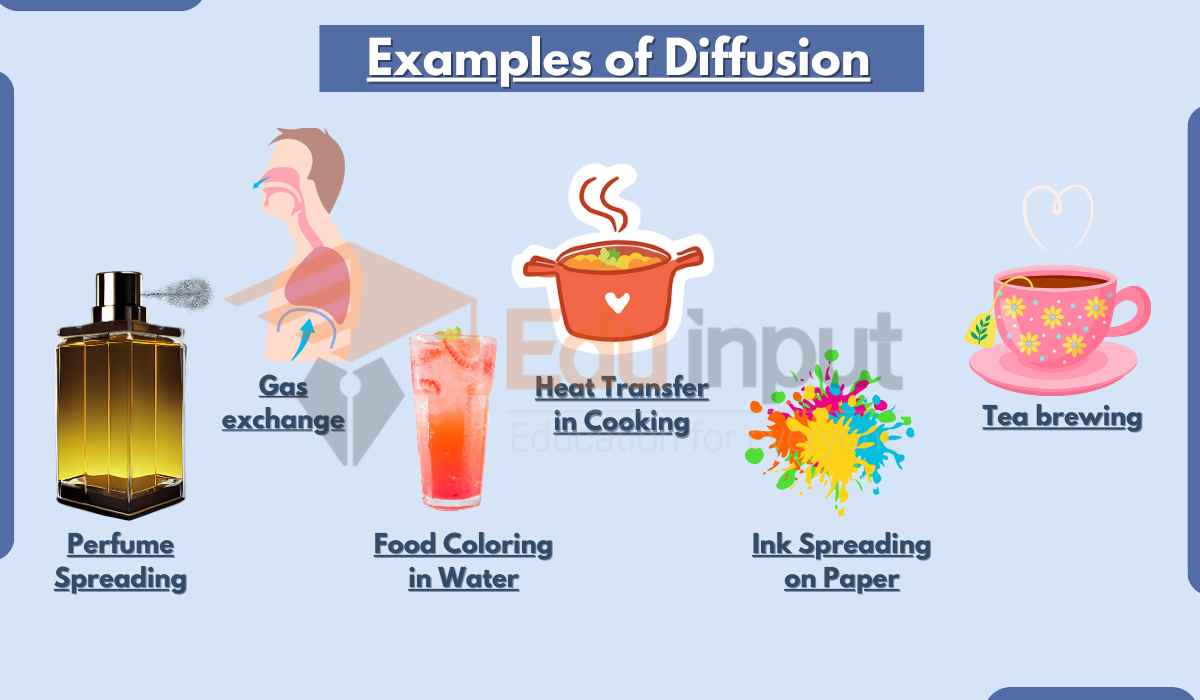15 Examples of Xerophytes
Cacti, succulents, yucca, Welwitschia mirabilis, Creosote Bush, Saltbush, Pickleweed, and resurrection plants are just a few examples of xerophytes that can survive in arid lands.

Examples of Xerophytes
Here are common examples of xerophyte plants:
1. Cacti
Cacti have thick, fleshy stems and leaves that store water. They also have spines instead of leaves which helps reduce water loss. The thick stems and ability to store water allow cacti to survive in very dry environments.
2. Yucca
Yucca plants have stiff, pointed leaves which reduce air flow over the stomata. It limits transpiration. They also have very small stomata and a waxy cuticle to reduce water loss. Their extensive root systems can take up water from a large area.
3. Sagebrush
Sagebrush has hairy, grayish leaves which trap moisture. The hairs reflect sunlight and shade the plant, and reduce evaporation. Sagebrush also has an extensive root system to collect any available water.
4. Mesquite
Mesquite trees have a long taproot that can reach groundwater deep underground. This allows them to tap into water not available to other plants. They also have small leaves which reduce transpiration.
5. Prickly Pear Cactus
Like other cacti, prickly pear has thick, water-storing stems with spines instead of leaves. The spines shade the stem, which reduces water loss. The fleshy pads also store water for long periods of drought.
6. Century Plant
Century plants store water in their thick, fleshy leaves. They also have a waxy coating and only grow low, small leaves close to the ground to reduce water loss. Their extensive shallow root system absorbs as much subsurface moisture as possible.
7. Pickleweed
Pickleweed has fleshy, salt-secreting leaves that conserve moisture. The salty environment created around the plant also helps limit water loss. Pickleweed keeps salt out of its tissues with glands in the leaves.
8. Saltbush
Saltbush has small, scalelike leaves with a waxy coating to reduce transpiration. It can also release salt in cell vacuoles to lower the osmotic potential in its cells and allow it to take in more groundwater.
Read How does Osmoregulation in plants occur?
9. Creosote Bush
Creosote bush has resinous leaves which absorb little water and reduce loss during transpiration. It also has an extensive root system to gather water from a large area and store water in stems during droughts.
10. Desert Ironwood
Desert ironwood trees have tiny leaves which are only present for a short time after rainfall to reduce water loss. They bloom very quickly after rain to make use of the limited moisture available. Their long root systems also gather water from a large area.
11. Ocotillo
Ocotillo appears leafless and dead much of the year to minimize water loss, but can sprout leaves within hours of rainfall. It also has an extensive root system to gather widely dispersed water and transports water efficiently in xylem with thin walls.
12. Brittlebush
Brittlebush has tiny hairlike leaves which reduce exposure to air flow and decrease loss of moisture from transpiration. The stems and leaves decay quickly during drought to preserve water for the plant’s survival.
13. Four-wing Saltbush
Four-wing saltbush has small hairy leaves which trap moisture. As a succulent, it can store water in its stems and leaves. Its long taproot also reaches deep sources of groundwater not reached by other plants.
14. Mormon Tea
Mormon tea has thick waxy leaves that store water and reduce loss from transpiration. In drought, it can drop its leaves to prevent dessication. Its lateral roots spread widely to absorb water from rain or snowmelt.
15. Creosote Bush
Creosote bush has resinous leaves which absorb little water and reduce loss during transpiration. It also has an extensive root system to gather water from a large area and store water in stems during droughts.
Also Read: Why Are Pines Xerophytes?

 written by
written by 


Leave a Reply